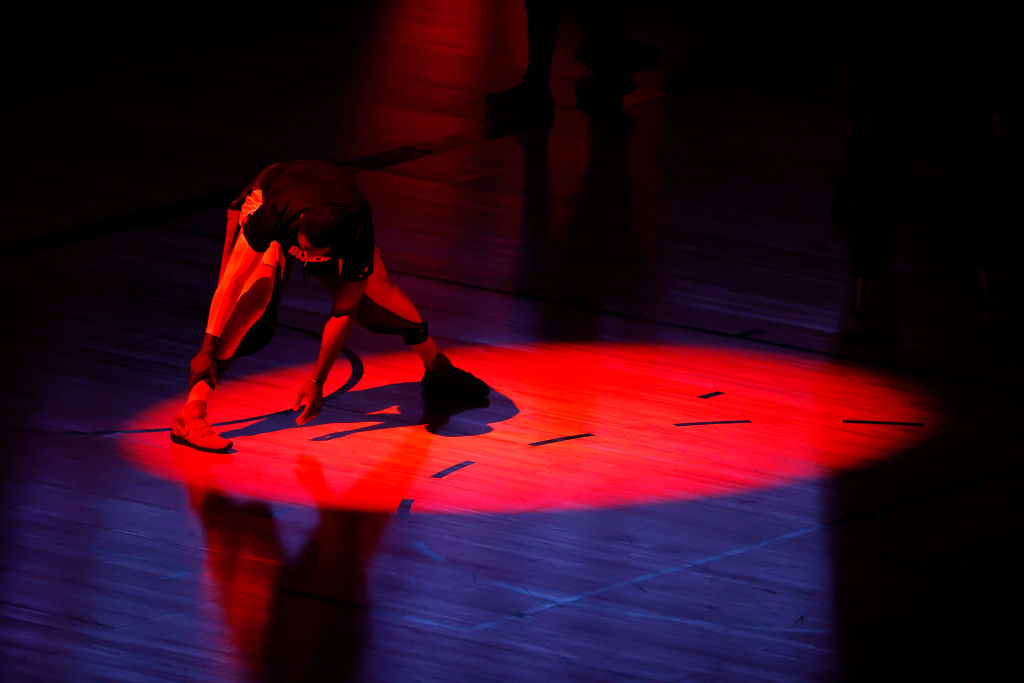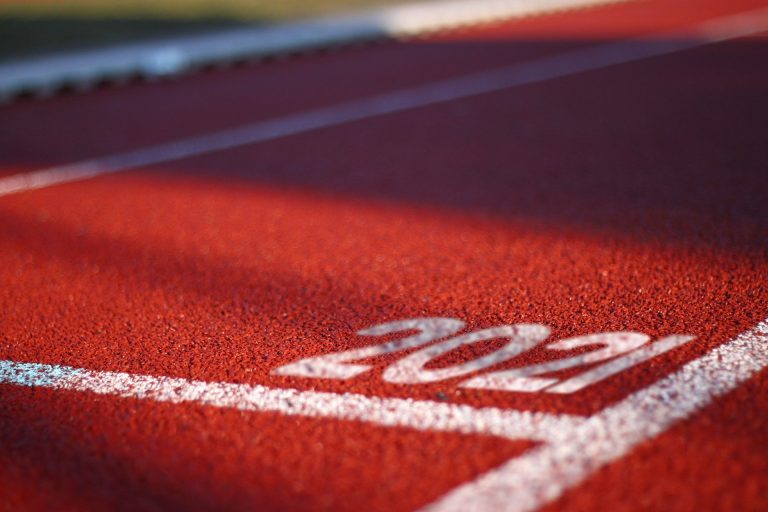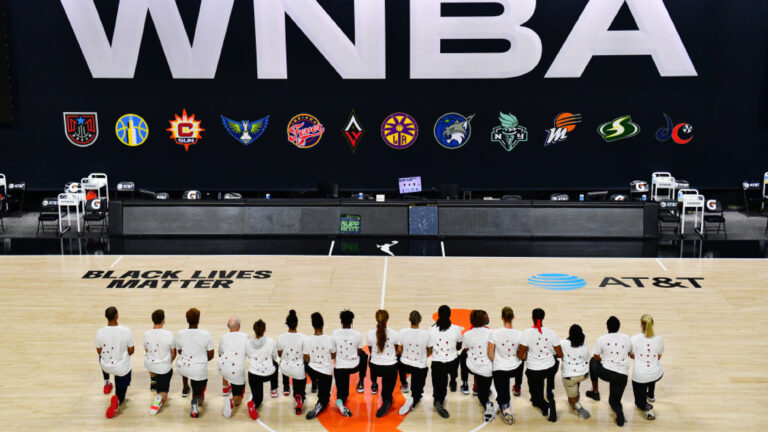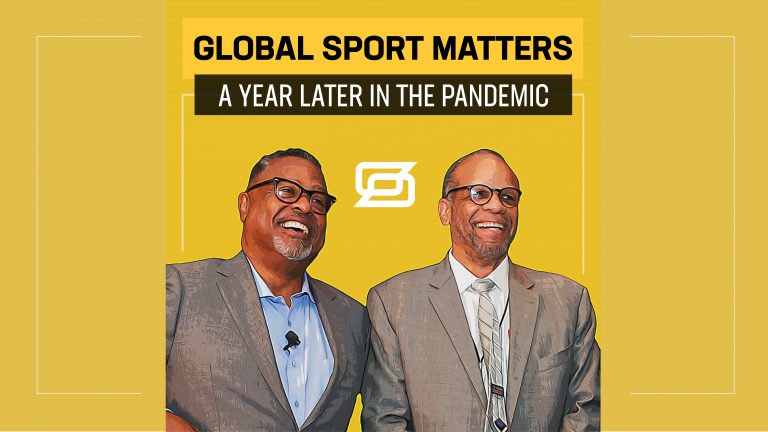The Balancing Act of Playing Through COVID-19
Why this matters
The sports industry has been dramatically affected by the pandemic, forced to strike a sometimes difficult balance between mitigating viral spread and minimizing financial pain. Experts Zach Binney and Scott Rosner discuss the lessons learned so far and what that means for the future.
From the National Basketball Association’s sudden shutdown last spring to the recent use of Major League Baseball stadiums as mass vaccination centers, few industries have been as dramatically and visibly affected by the ongoing coronavirus pandemic as sports.
So how did the sports world handle the past year? What did it get right—and wrong—while trying to strike a balance between minimizing safety risks and mitigating business losses? And what lessons about health and wealth can it carry forward into the post-COVID-19 future?
For answers and perspectives, Global Sport Matters spoke with Zach Binney, an epidemiologist at Oxford College of Emory University, and Scott Rosner, a sports management professor at Columbia University. The following interview responses have been lightly edited for clarity and context.
Global Sport Matters: What has sports gotten right during the pandemic?
Zach Binney: I think professional sports have done an outstanding job finding ways to keep players and personnel safe. I was genuinely shocked at how low the [COVID-19 infection] rates were in the [National Football League] last fall. In the middle of the pandemic, they were half of the general population’s rates, even on a bad week.
When teams and leagues have a financial interest in keeping someone healthy, they find ways to do that. They get creative. We saw the NFL learn, as time went on, that it was important to focus on good ventilation and wearing masks and that just avoiding being within six feet of an infected person for more than 15 minutes wasn’t sufficient to avoid spread in certain circumstances.
We saw the same thing with Major League Baseball. They had a spate of outbreaks and cases at the start of last season. They tightened up their protocols, and [MLB commissioner] Rob Manfred said that he thought those changes—as well as renewed adherence to previous protocols—would keep things under control. I was suspicious of that at the time, because that was the only thing he could say to justify continuing the season. But he turned out to be right.
The other thing we saw was sports making some real contributions to public health. Working with Yale [University] researchers and the [Centers for Disease Control and Prevention], the NBA was able to provide unique data of the same people being tested day after day. With that data, scientists could do things like see how viral load changes over time and figure out when people are the most infectious. I don’t think we were going to get that data anywhere else outside of the sports leagues. That was a real help to our understanding of the virus, and [that was] something sports can really hang their hat on.
Scott Rosner: There’s a real business imperative to play these games. But there’s also the importance of sports to society. We like to talk about that in a highfalutin way, but there’s a lot of truth to it. For a lot of people during the course of the pandemic, sports have been a necessary and welcome distraction for all that has been going on in their lives. Even with ratings and viewership down, there still has been a really sizable number of people tuning in.
The other thing the sports industry has done right? Look around the country right now. We just passed a million people who have been vaccinated at MLB facilities. That shows how sports have an ability, in a much different way, to serve the public.
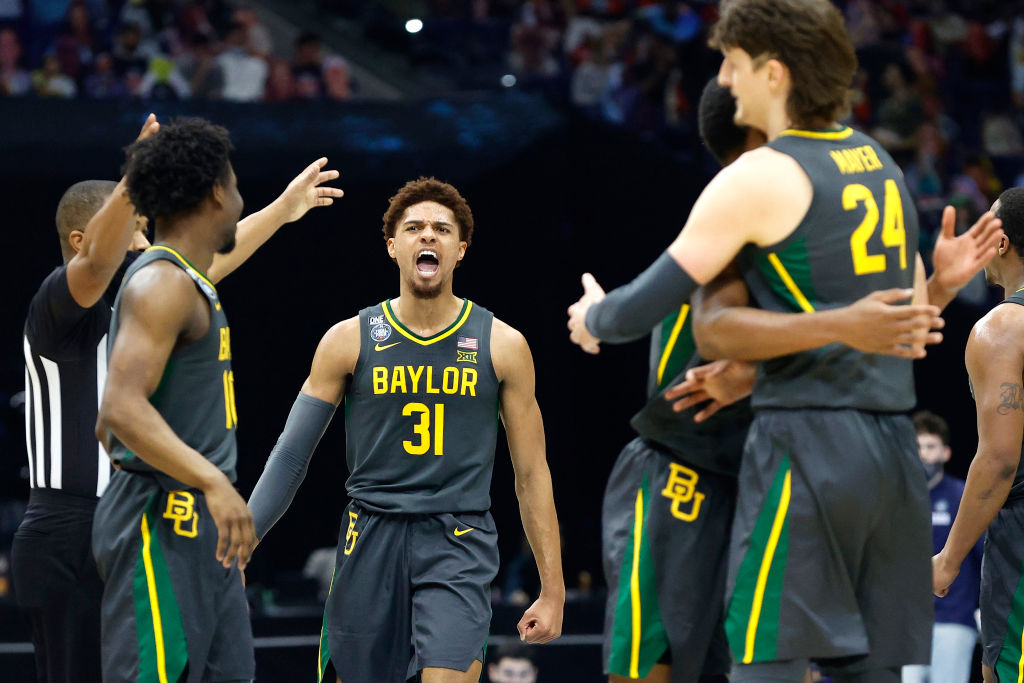
Global Sport Matters: What has sports gotten wrong during the pandemic?
Rosner: The thing that gives me the most pause is intercollegiate athletics, where so many of the decisions at the highest level seem to have been driven entirely by economics. Just look at the Final Four. Those teams will have been in a bubble for about a month. For a group of athletes who are presumably amateurs, at least in the eyes of the [National Collegiate Athletic Association], that seems like an awfully big ask, both for them as students and for their mental health. I think we’ll look back and wonder if that was the right thing to do.
Binney: College sports, especially college football, showed it had the fortitude to play through anything. That’s not a compliment. The story I remember most is from last summer, when Clemson [University] had 37 COVID cases at one point among its football players and didn’t even pause workouts. Not practices or games. Workouts! [Clemson football coach] Dabo Swinney showed that he did not give a hoot. His players may as well have been in prison or working in a meatpacking plant.
So I have a very dim view of the NCAA and how big football schools handled their responses to the pandemic. The players aren’t paid. They’re not collecting their checks and taking their chances. They don’t have a union. Schools don’t have the same resources for testing that pro leagues have. Yet they showed a greater willingness to push the health and safety envelope. They took their power and did what they wanted with it. We saw a little bit more responsibility from college basketball, though I’m quite upset that they allowed fans in indoor arenas for the NCAA Tournament.
I also didn’t like how some sports pushed for fans being back in stadiums. Take the NFL. They could have funded a contact tracing operation through the local departments of health at a few locations with outdoor stadiums, allowed 2,500 people in the stands, and waited two weeks to see if any cases emerged from that. If not, go to 5,000 fans. Wait another two weeks. Then go to 10,000 fans, and two weeks later, 20,000.
They could have done that and shown that they cared first and foremost about making sure they weren’t sparking outbreaks. But they didn’t. They went forward with as many fans as they thought they could get away with. They showed that they cared about their assets but not about the communities around them. I think they got that wrong.
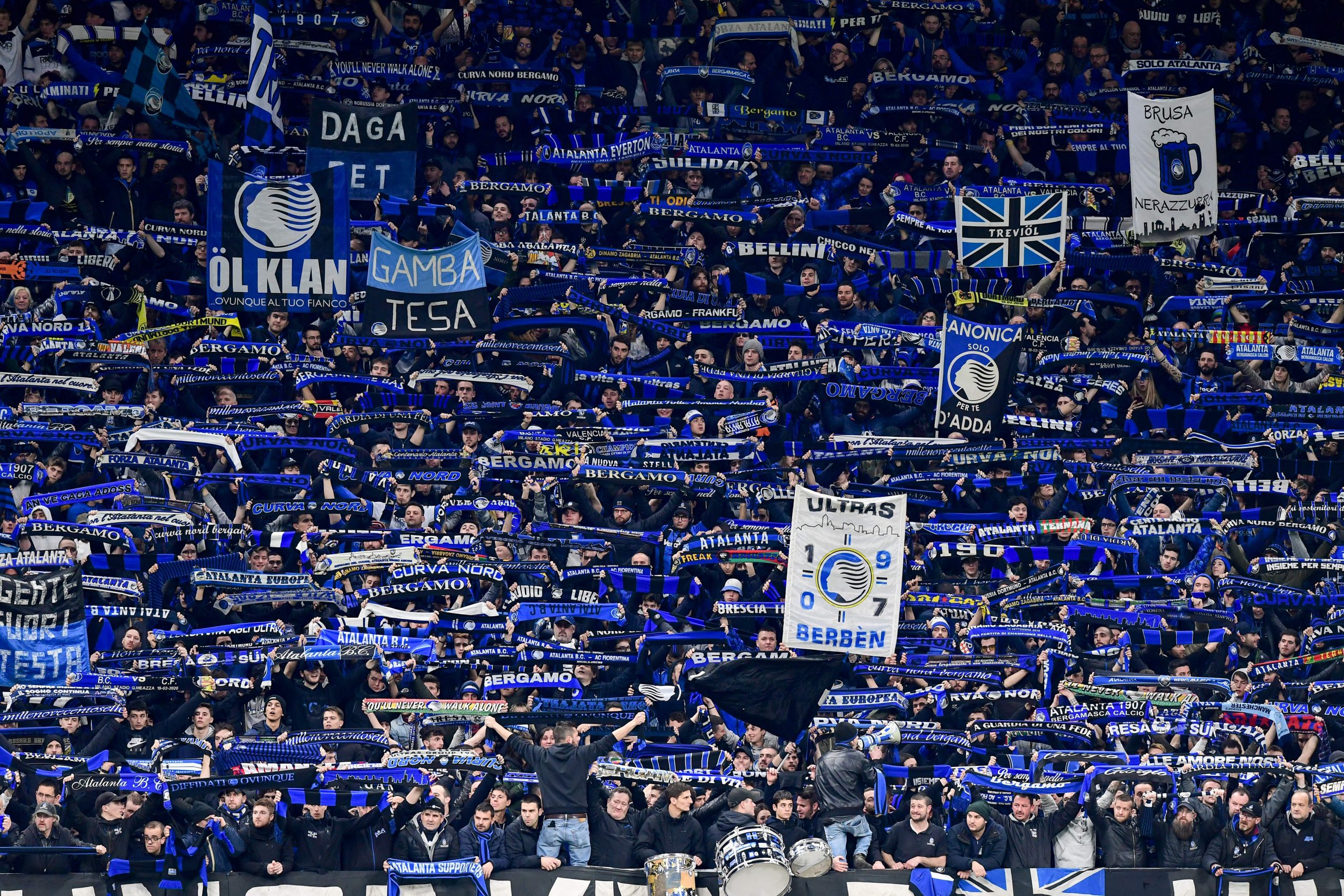
Global Sport Matters: Let’s talk more about fans in the stands.
In February 2020, a soccer match held in Milan between an Italian team and a visiting Spanish team that drew over 40,000 fans was dubbed a “biological bomb” for possibly spreading the coronavirus to players, journalists, fans, and other people in both countries. Fast-forwarding to now, do we have any idea—from studies or other data—that the decisions in some places and cases to have fans back in attendance at sports events contributed to community spread of the virus?
Binney: No. We don’t. And I want to be clear about that. Based on what we’ve learned, it seems like having 25-30 percent capacity at outdoor stadiums with decent masking is pretty safe.
Also, with what we’ve learned about outdoor transmission, it may be that any viral super-spreading at that soccer match had another explanation beyond having 40,000 people in the stands. Think back to the Amy Coney Barrett super-spreader event at the White House. A lot of people focused on the Rose Garden ceremony, but, really, most of the transmission probably occurred at indoor unmasked events held around that. So while it’s possible that an Italian soccer match with 100 percent stadium capacity and people screaming and spraying respiratory droplets in the air with a lot of undetected COVID could have caused a lot of spread, it also could have been people in cars and trains and buses going to and from the stadium or gathering in indoor bars and restaurants before and after the match.
Where I still get nervous today is having fans back at 100 percent capacity—like what the Texas Rangers are doing—or about having fans back indoors where the ventilation is going to be somewhat worse.
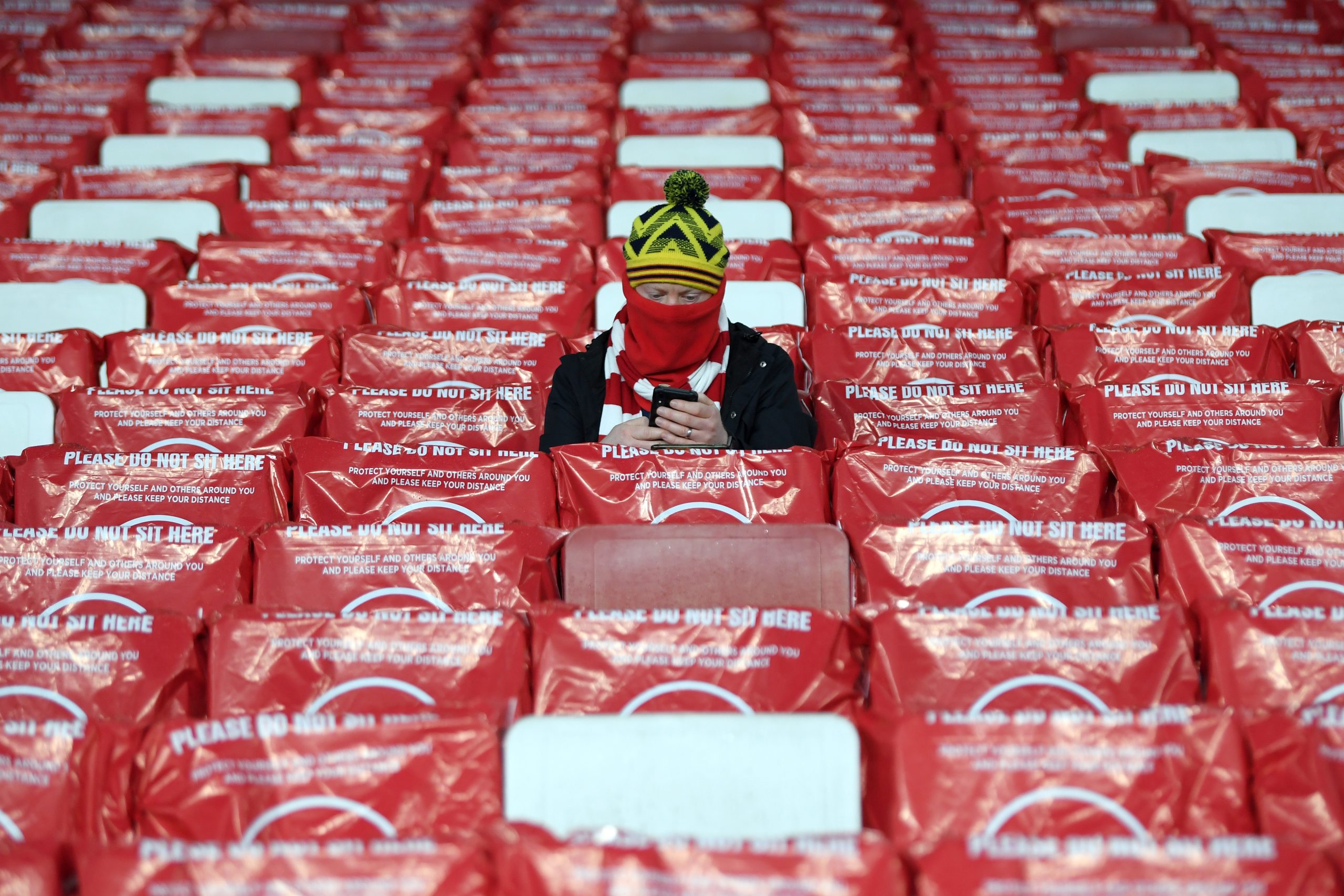
Global Sport Matters: As mentioned earlier, there’s a very real business imperative to bring as many fans as possible back to stadiums as soon as possible. What kind of financial hit did the sports industry take from not being able to sell tickets, concessions, parking—all of the stuff that comes with holding live events for large crowds of spectators?
Rosner: The magnitude of the losses [has] been dramatic. Even just across the Big Four sports leagues in the United States, it’s hard to conceptualize. Add in [Major League Soccer] and NASCAR and intercollegiate athletics, and it’s a staggering amount of money that has been forsaken, forever. You don’t get instant replay on those dollars. You can’t go back in time and sell tickets to those games. And the cascading effect on other revenue streams is noteworthy, too. You lose sponsorship dollars when you have marketing partners who can no longer engage with fans.
A few years ago, I wrote an article that talked about how perhaps the greatest threat to the sports industry would be a terrorist attack at a game—something that would cause, say, one in five fans to stop attending games. I remember talking to one of the commissioners of one of the leagues about it, and their statement was, basically, “Yeah, that would crater us.”
Well, that’s a 20 percent loss. With the pandemic, it has been more like a 100 percent loss, at least in the short term. And that’s devastating. People have lost their jobs, had their salaries cut back. It’s probably the most traumatic moment in the history of the sports business. We’ve had work stoppages and even Olympic Games boycotts before, but never anything so across the board. There isn’t a sports property that hasn’t been dramatically affected by this.
Global Sport Matters: In many ways, sports has mirrored the same push-pull dynamic we’ve seen in broader society between mitigating health risks and mitigating business risks—or, to put it more simply, between slowing down the coronavirus and slowing down the economy. How do you think sports have done with balancing those goals?
Binney: I think they did a decent job. They negotiated with the athletes at the professional level [and] got protocols in place, and those were fairly effective, as evidenced by the numbers of cases within their organizations. What annoyed me was the greed they showed around getting extra revenue from having fans in the stands. That shouldn’t have been necessary. They should have been more willing to sacrifice that.
But, then again, our society didn’t take a holistic approach to dealing with things like stadium workers who would be out of work without games and fans. We’re the richest country in the history of the world. We should have had a concentrated government effort to make those workers whole while not having large gatherings. Without that effort, sports were left with a false choice of holding potential super-spreader events or having stadium workers go hungry. I refuse to believe [those] were our only choices.
Rosner: It’s hard to make a universal statement on that balance. I think you can say that the leagues that had bubbles—the NBA, the [National Hockey League], MLS—got it right, generally speaking. It wasn’t easy for anybody. It was very expensive. But it worked. The NFL got through its season with a couple of notable cancellations, but, by and large, it worked out well for them. The NBA and NHL this season have been a little trickier. The NCAA hockey tournament has been very difficult, with a bunch of teams that have had to withdraw due to COVID protocols. The NCAA men’s basketball tournament had a team that had to withdraw, too.
So nothing was perfect. This summer, you may see fewer issues as more teams get vaccinated.
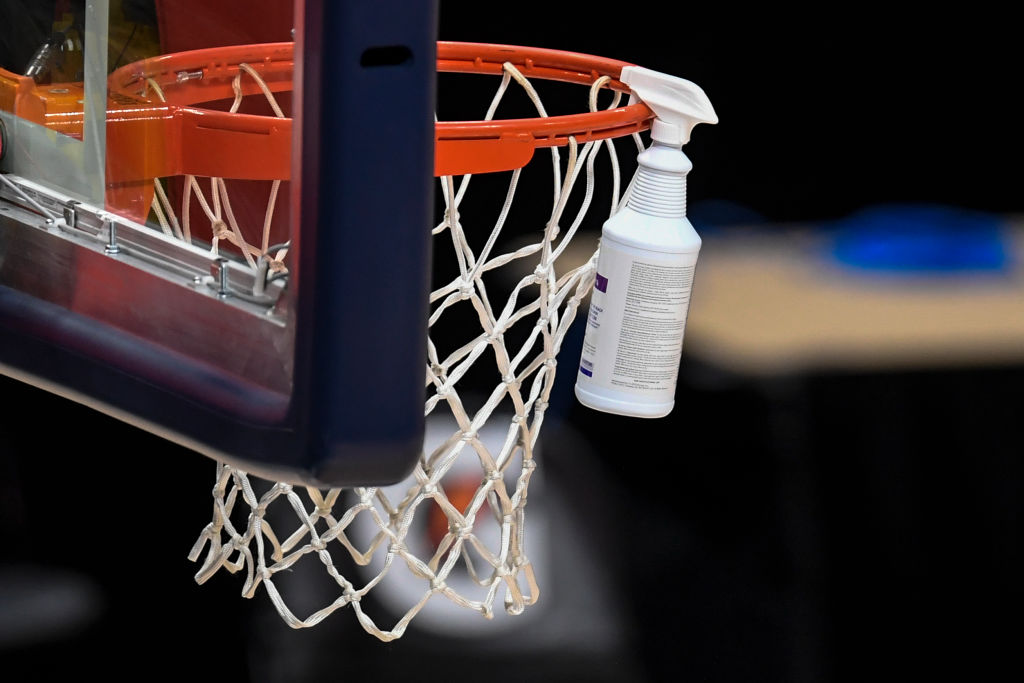
Global Sport Matters: We saw the NBA and NHL resume their suspended seasons in “bubbles”—that is, controlled environments in which players, coaches, and support staff all were essentially quarantined from the rest of society. The NCAA later held its men’s and women’s basketball tournaments under similar conditions. What did we learn about the pros and cons of doing that?
Binney: The major pro is that you can, in fact, drive COVID rates to near zero in a bubble in a way that you can’t outside of a bubble. The success of those efforts came as a little bit of a surprise to me. We learned that you can create an environment where the players and staff are at lower risk than the people in the communities around them.
But bubbles are expensive. Bubbles are logistically difficult. And they are psychologically difficult. Isolating from your family for weeks or months at a time has a cost. We’ve since learned that there are ways to keep players and staff safe outside of bubbles. So in retrospect, building them might not have been the optimal choice. But given the fear and uncertainty about pulling off non-bubble plans at the time the bubbles were being done, I think they were the right call.
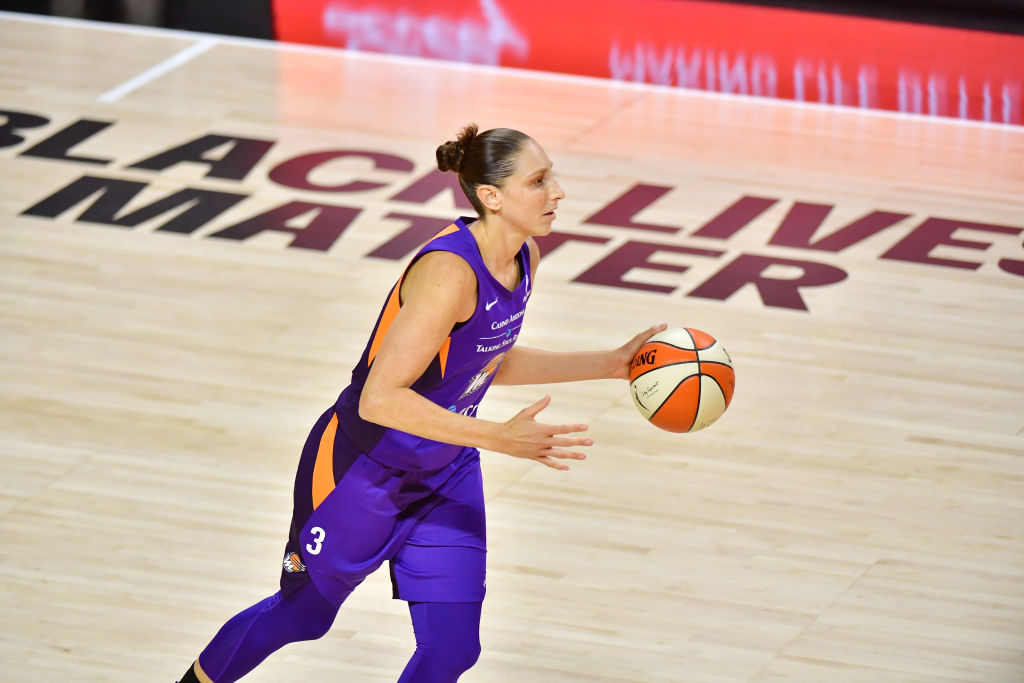
Global Sport Matters: The NBA and WNBA bubbles also were notable for prominently featuring Black Lives Matter and other social justice messaging that connected to last summer’s widespread protests against police brutality and ongoing racial inequities in the criminal justice system and broader society.
Some people, mostly from the conservative side of the American political spectrum and including Donald Trump, argued that all of that was bad for business and resulted in lower ratings. What was the business impact of the social justice messages and movements we saw in sports during the pandemic?
Rosner: It depends on who you ask. What we know about what fans want and don’t want, at least from surveys of public opinion, often reflects…the company or entity doing the surveying. So a more conservative organization would say it had a negative impact, while a more liberal organization would say it didn’t.
I think, generally speaking, that there wasn’t the negative business impact that some people would lead you to believe happened. And, in some cases, it has been positive for business. Either way, that doesn’t mean it’s not the right thing to do.
Global Sport Matters: Ratings were down for sports across the board. What factors accounted for that?
Rosner: I think a large part of that was the lack of atmosphere at games that were played without fans. That carries over [to broadcasts], which just don’t seem as exciting or important.
But there are different reasons. Some of it was the loss of seasonality, and the fact that having so many sports move from their usual places on the calendar to taking place at the same time led to a ridiculous amount of overlap. There was just so much competition for viewers with so many spots going on at the same time. On top of that, you had an unprecedented presidential campaign and election. And the competing news about COVID.
One exception to all of this was women’s sports, interestingly enough. In many cases, ratings went up.
Global Sport Matters: Speaking of surprises during the pandemic, NBA Top Shot has come almost out of nowhere to be a thriving marketplace for collectible digital highlights. Meanwhile, “The Last Dance” documentary series on Michael Jordan’s final season with the Chicago Bulls was a ratings hit. Why were those two things successful during a time the sports industry as a whole really struggled?
Rosner: The sports memorabilia and trading card market has been extraordinarily vibrant as well. And, I think, psychologically, we’re seeing a desire for nostalgia—for thinking back to simpler times in our lives. I know that when the pandemic started, I went through all of my old baseball cards with my son. This guy, that guy, explaining who they all were. It’s happy memories, right? And we’ve been in a time where there’s not a whole lot of happiness going on.
I also wonder how much of this has been nudged along by sheer boredom. When the shutdowns were at their fullest, there were no sports on TV. There was not a lot else to do. And there are those baseball cards, just sitting around. Why not go through them?
Global Sport Matters: Youth sports is a multibillion-dollar industry and involves a lot more people than pro or college sports. Yet it hasn’t gotten nearly as much coverage or scrutiny during the pandemic. And its response to the coronavirus has been over the map. In some places, kids playing casual outdoor sports still isn’t allowed, and, in other places, you have big travel team tournaments with kids and families coming to compete from multiple states. You also have examples of kids who can’t play school sports in one state moving to other states to keep playing.
Overall, what has youth sports gotten right and wrong—and how has it managed that push-pull dynamic between public health and commerce?
Binney: They’ve gotten more wrong than right. And the wrongs have come in both directions: They’ve been too reckless and too cautious.
In some places, like Washington, D.C., and San Francisco, I think they’ve been too aggressive with banning outdoor athletic activities. That’s more than is necessary. We know that it’s very, very difficult for this virus to be transmitted outdoors, even during athletic activity. So I think it’s OK to let students participate in most sports. There’s no reason they shouldn’t be playing golf, tennis, [or] soccer or running track.
But what else have we seen? The first youth sports I saw come back during the pandemic were travel leagues, which make the most money and have the fewest regulations. That was incredibly disappointing. I still remember last July, when the NBA was about to restart its season in Orlando, that area was having a coronavirus surge—and at the Orlando Convention Center, there was a national volleyball tournament with more than 300 teams. Like, what are we doing? If you wanted to design a super-spreader event, you couldn’t have done a better job.
We saw outbreaks at high school wrestling tournaments. In one of those, 79 people got sick and at least one person died. We had spread at youth hockey tournaments. There was actually a report from the CDC on one of those. They think that it occurred inside the arena because ice traps the air and creates worse ventilation.
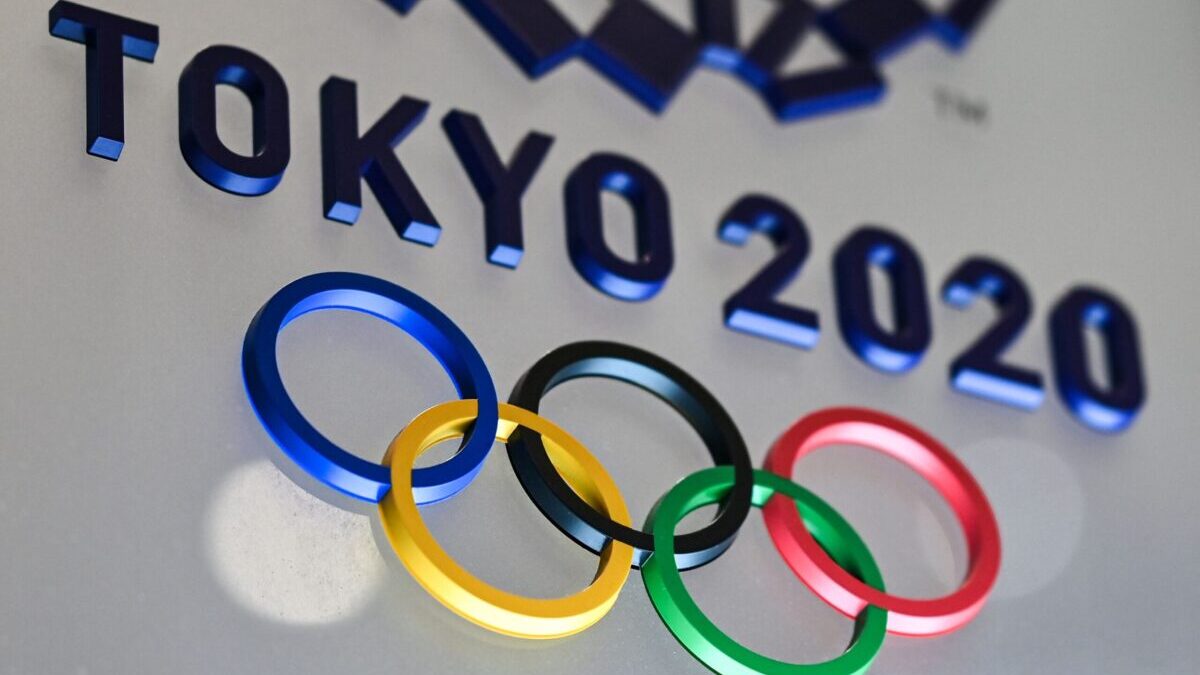
Global Sport Matters: The upcoming Tokyo Olympics will be the biggest sports event held during the pandemic. What can they do to be safe and successful?
Rosner: The Olympics are such a highly complex event. And they are more than just a sports event. They’re the world coming together.
Of course, the problem during a global pandemic is that the world shouldn’t really be coming together. So you see organizers limiting that by only allowing foreign athletes, coaches, and sport staff to travel and attend. It will be Japanese fans only in the stands. That’s a big business compromise. It’s going to look different for sponsors, and much different for hospitality. The healthy dose of corporate hospitality that we usually see will be dramatically scaled back, essentially to nil.
Still, Japan wants the games to be held. The [International Olympic Committee] needs the games to be held. In some ways, they could represent a turning point in this pandemic.
Binney: The Olympics are actually in a great position because they know a whole lot more now than sports leagues did last summer when they were trying to come back. We know the real key to stopping viral spread is minimizing time indoors and maximizing mask usage and vaccinations. You focus on those things, you’re going to do OK.
Tokyo has the benefit of it being summer. They can do a lot of stuff outdoors, and they need to. Not having foreign fans and spectators was a major decision, and I think the right one, but the Japanese fans that attend need to be able to drink and celebrate at outdoor venues.
Meanwhile, the Olympic Village has a reputation for a lot of—how do I put this politely?—activities that should only be done indoors. [Laughs.] Hopefully, most athletes who are going will be vaccinated ahead of time. Then there’s all the coaches and support people who travel with them. I think it’s possible to vaccinate them, too. The IOC has the money, and it would be smart to do it to avoid anyone returning after the games and starting an outbreak in their home country.
Global Sport Matters: What are the most important lessons for sports to have learned—and to remember going forward—coming out of the pandemic?
Binney: There are some general lessons we can take, like having frameworks in place for negotiating health and safety measures between owners and players. We also can have strengthened basic health practices in place, like having a future where you always wash your hands, wear a mask when you’re sick, and don’t come to work when you’re sick.
These are basic things that many Asian countries have been doing since the SARS outbreak and that the western world never bothered with. And, by the way, they’re also good for stopping things like the flu, which can have a real effect on sports teams!
But flexibility is the watchword. I get asked a lot, will the sports world be better prepared for the next pandemic? And the answer is maybe. Because it depends on what the next pandemic is. There’s no guarantee that it will look like COVID-19 or even be a respiratory virus at all.
Sports teams also have money and access to politicians. It would be great if they recognized the value of ongoing disease prevention efforts and funding public health services. They could lobby for those things, so society as a whole is better prepared to prevent and respond to pandemics. In the long run, that would be better for their bottom lines.
The paradox of public health is that if you fund us and we are doing our jobs, you hardly even notice. You have to have faith that we’re making a difference. With the general decline of infectious diseases in the developed world, however, I think a lot of people had forgotten that. This pandemic has been a real reminder.
Rosner: First, people learned that getting on airplanes and traveling great distances for sports business meetings and front office stuff can be done almost as effectively for a fraction of the cost via Zoom. That cross-country flight for a one-hour meeting at the Chicago airport Hilton? That may not need to happen anymore.
Likewise, I think some of the changes to the fan experience will be permanent. We already were on a slow roll toward all-digital ticketing, and that’s now been accelerated by five to seven years. That’s a good thing for the business of sports, because data collection allows you to know so much more about who your customers are and their habits. It’s got to have safeguards to protect people’s privacy, and we’ll have to figure something out for people like me who like to collect ticket stubs as a reminder of a game. But we’re not going back on that.
I also think we’ll probably see long-term differences in concessions. My first job was as a hawker at Veterans Stadium in Philadelphia, selling ice cream and soda in the stands. I’m not so sure that’s coming back the same way. Can you imagine, like, passing a hot dog down the row right now? We’ll probably see more self-serve kiosks and the use of other contactless technologies.
Overall, there won’t be a moment where we hit a light switch and we just go back to how sports were. I think this summer will see a gradual ramp-up, and the fall will be much more likely to look like a normal fan experience, just with everyone wearing masks. By the next NBA and NHL seasons, we have a very good chance of being back to 100 percent attendance at games.
Long term, I’m really bullish about the industry. I think it will come back. It’s still entertainment for people, and entertainment content is valuable. I also think that there’s an opportunity, going forward, to help in the healing process. We’ve seen that before. Think about post-9/11, or after other moments of national tragedy, when sports have brought people together.
That has been different during the pandemic, because, in this case, coming together in person is one of the dangers of it. When people are able to safely do that again, I think it will represent a return to normalcy. It will be a celebration. I know I can’t wait to get back to a game.
Monthly Issue
Now & Then: How Sport Has Transformed
For many, it’s been approximately a year in the life of a pandemic. We’ve seen tragedy, resilience, growing gaps of opportunity and opportunities for growth, juxtaposed in communities across the globe. The world of sport was not immune.
From a pause in play, to a push for more progressive racial justice, to unanswered questions about the long-lasting impacts of COVID-19 that still linger in the air - what do we wish we knew then, that we know now?

